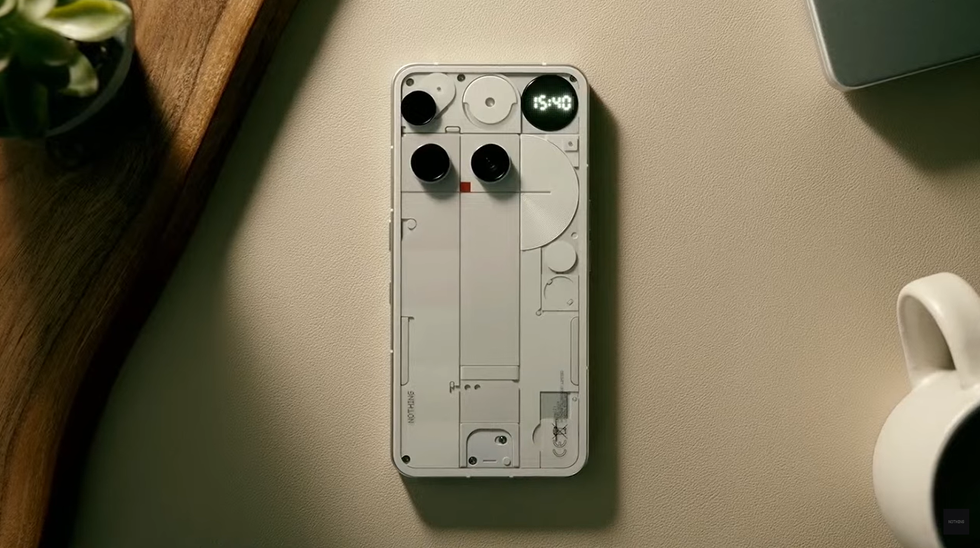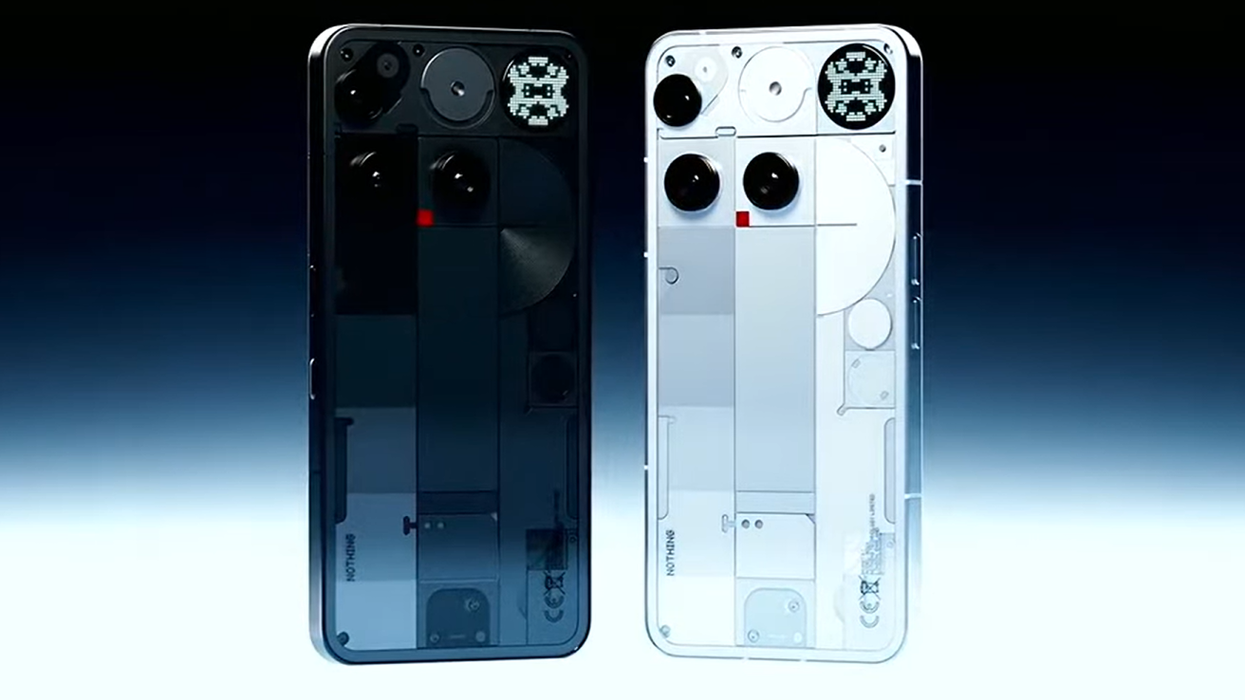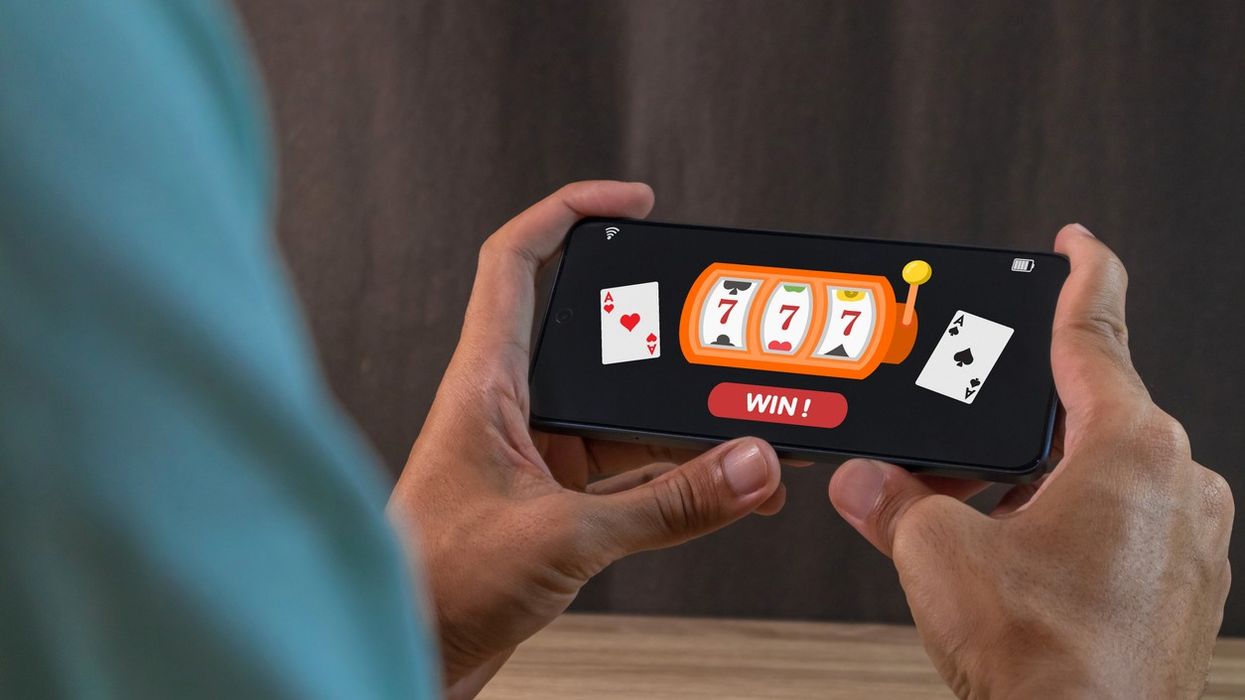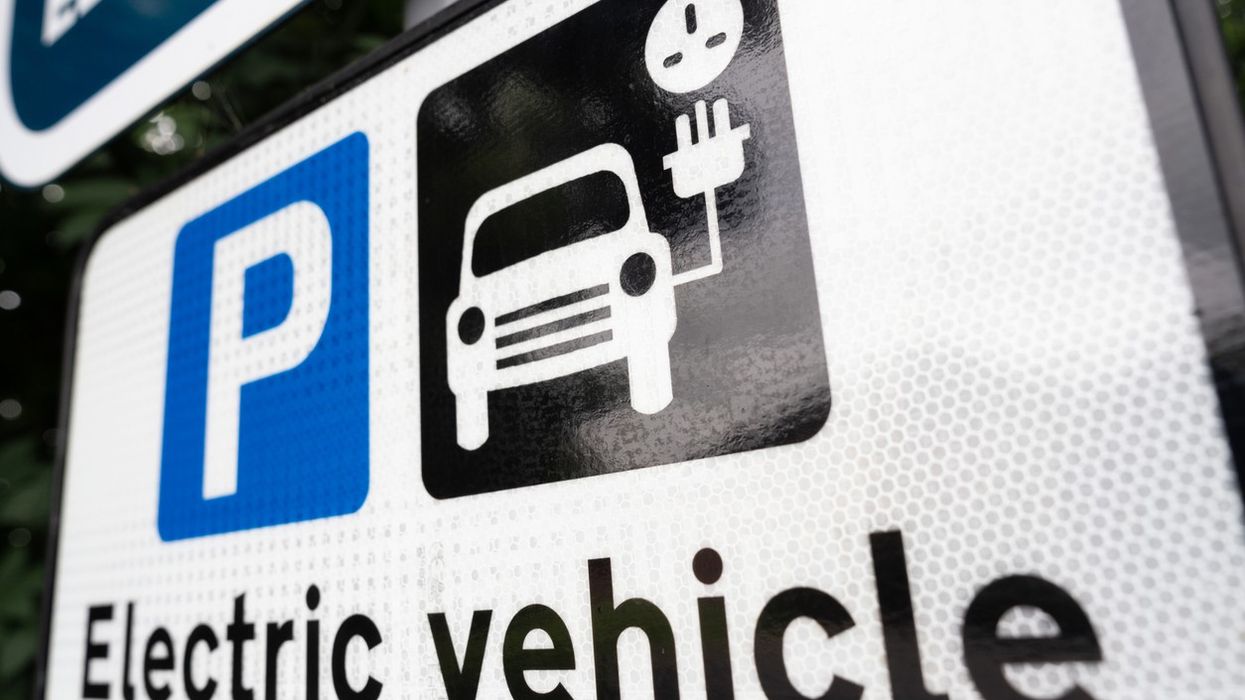Key points
- Nothing Phone 3 marks the company’s first true flagship, priced at £629.
- Includes Snapdragon 8S Gen 4 chip, 16GB RAM and up to 512GB storage.
- Introduces dot-matrix-style Glyph interface with interactive mini-games.
- First Nothing device with IP68 water and dust resistance.
- Full US launch with T-Mobile and AT&T support; limited 5G on Verizon.
Nothing has officially launched its most ambitious smartphone yet, the Nothing Phone 3. Priced at £629, the device signals the company’s shift into the premium flagship space, featuring high-end specs, a refined Glyph interface and a full-scale launch in the US. With its mix of performance upgrades and playful design, the Nothing Phone 3 is positioned to compete directly with the iPhone 16 and Samsung Galaxy S25.
Nothing’s flagship leap
Nothing is positioning the Phone 3 as its “first true flagship”. CEO Carl Pei emphasised the phone’s premium status during the launch, underlining that the device features a flagship chip, flagship camera, and flagship pricing to match. The company had previously operated in the mid-range segment, but now feels confident competing at a higher level.
Pre-orders open on 4 July, with general sales starting on 15 July via Nothing’s website and Amazon in the US. The phone is fully compatible with T-Mobile and AT&T, while Verizon customers will see more limited 5G support.
Specifications and performance
The Nothing Phone 3 is powered by Qualcomm’s Snapdragon 8S Gen 4 chipset. While not the most powerful chip on the market, it provides solid flagship-level performance. The phone includes up to 16GB of RAM, with 256GB of storage standard and a 512GB model available for an additional £79.
It also features a 5,150mAh battery built using silicon-carbon technology, allowing a large capacity in a slim body. Charging speeds include 65W wired and 15W wireless. The 6.67-inch OLED display is more than twice as bright as its predecessor and supports improved outdoor visibility. The device is also the first from Nothing to include an IP68 water and dust resistance rating.
Camera system: flagship on paper
The Nothing Phone 3 includes four 50MP cameras, three on the back and one front-facing. While the hardware specification is impressive, past Nothing devices have struggled with camera processing. Whether the Nothing Phone 3 can keep up with competitors in photography will become clearer after in-depth testing.
A new Glyph design
The rear Glyph interface has been a signature feature of Nothing’s design language. With the Nothing Phone 3, this system has evolved into a dot-matrix LED display called the Glyph Matrix. Rather than abstract light strips, the Matrix enables recognisable symbols and app-linked notifications, such as custom icons or emojis.
Although this approach is less visually striking than previous iterations, it introduces a new layer of usability. However, it draws comparisons with similar dot-matrix displays seen on Asus’s ROG gaming phones.

Glyph Toys and interactive features
Nothing has added a layer of playfulness through “Glyph Toys” — interactive features and games that use the Matrix display. These include spin the bottle, rock paper scissors, a stopwatch and battery indicator, all accessible via a haptic button on the back of the phone.
CEO Carl Pei described these features as a way to reintroduce fun into the smartphone space. He noted that the Glyph Matrix was designed with expandability in mind, and hinted that fan-submitted ideas — such as a magic eight ball — may influence future updates.
AI-powered tools and productivity
The Nothing Phone 3 brings back the Essential Key, a programmable side button introduced earlier in the 3A series. By default, it launches Essential Space, an AI-driven feature that scans screenshots to offer reminders and contextual notifications.
New AI tools also include real-time meeting transcription, summarisation, and a universal search bar that finds content across the device and answers general queries.
A careful yet confident step forward
With the Nothing Phone 3, the company makes its most serious move yet into the high-end smartphone market. The design may be more restrained than earlier Nothing devices, but the feature set reflects a strong effort to balance innovation with practicality.
By combining flagship hardware, AI integration, a refreshed take on the Glyph interface, and a US relaunch, Nothing is taking calculated steps to establish itself as a serious player among tech giants. Whether the Nothing Phone 3 lives up to its promise will depend on how it performs in the hands of consumers, but the company is clearly aiming higher than ever before.













